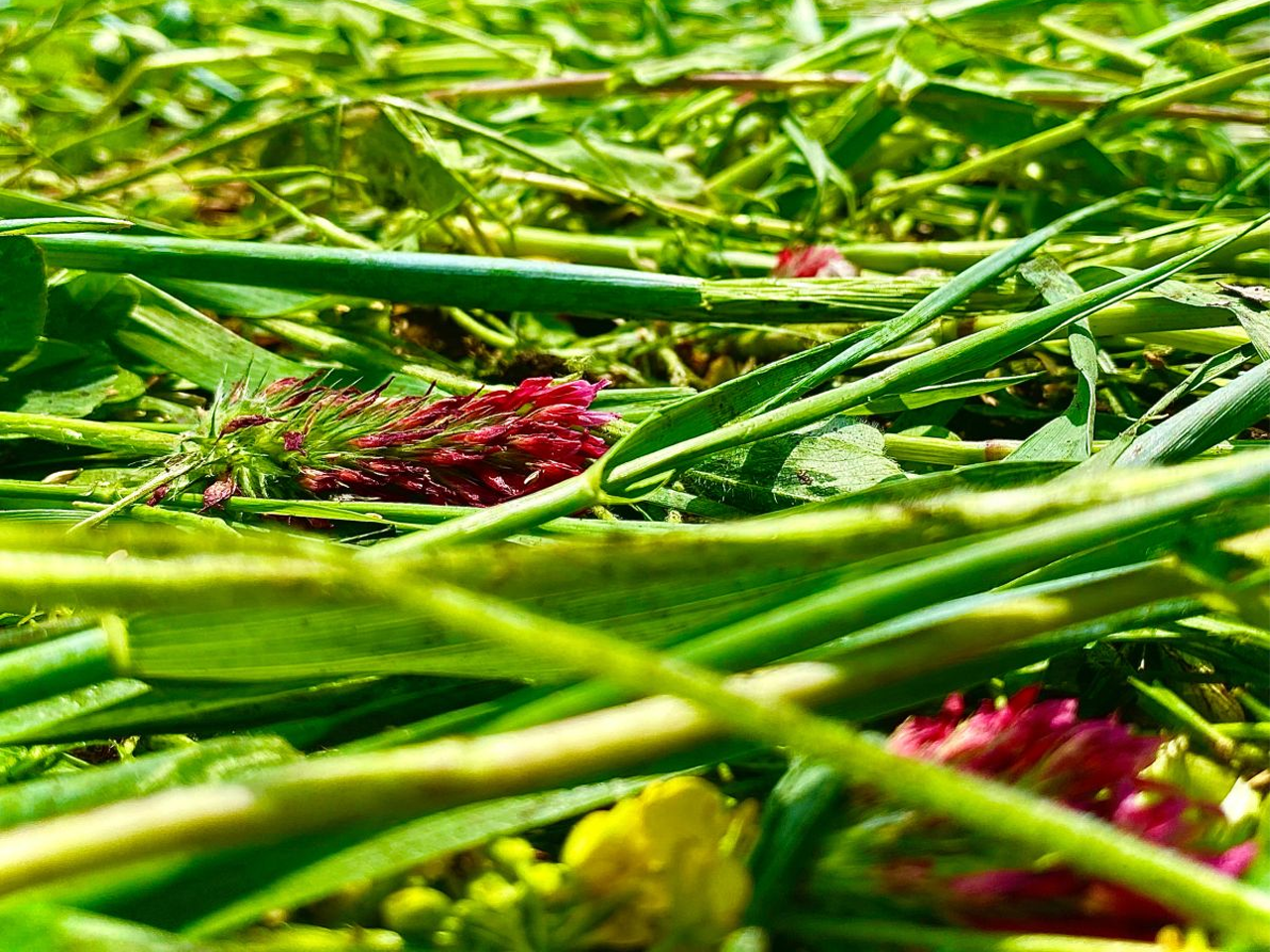
No Till Food Plots for Whitetail Deer
No till food plot planting techniques for attracting a variety of wildlife, including whitetail deer, pheasants, quail, rabbits, and turkey, can be a great way to enhance the natural habitat and provide additional sources of food for these animals. These techniques involve minimal disturbance to the soil, allowing for the preservation of the natural ecosystem and the promotion of healthy plant growth. No till food plot planting is a method of planting crops without disturbing the soil through tilling. This method has many benefits for both the land and the crops grown.
One of the main benefits of no till food plot planting is that it helps to conserve moisture in the soil. Tilling the soil exposes it to the air, which can cause it to dry out faster. By not tilling the soil, the moisture is able to remain in the ground, providing a more stable environment for the crops to grow. Another benefit of no till food plot planting is that it helps to reduce erosion. Tilling the soil can break up the structure of the soil, making it more susceptible to erosion from wind and water. By not tilling the soil, the soil is able to maintain its structure, which helps to prevent erosion. Another key benefits of no till food plot planting is that it can help to increase the amount of organic matter in the soil. This is because the soil is not disturbed during the planting process, allowing for the continued breakdown of organic matter and the development of a rich, healthy soil structure. In addition, no till food plot planting can help to improve the health of the soil. Tilling the soil can destroy the natural structure of the soil and its ecosystem, including the bacteria, fungi, and other microorganisms that are essential for healthy soil. By not tilling the soil, these microorganisms are able to thrive, which can improve the overall health of the soil and the crops grown in it.
In order to ensure the success of your no till food plot, it is important to properly prepare the site before planting. This may involve conducting a soil test to determine the nutrient levels and pH of the soil, and adding any necessary amendments to ensure the plants have the nutrients they need to thrive. It is also important to carefully plan the layout of the food plot, taking into account the specific needs of the plants and the wildlife you are trying to attract. This can provide the ideal conditions for plant growth, and can also help to improve the overall health of the ecosystem.
In addition to increasing organic matter in the soil, no till food plot planting can also help to improve water retention and infiltration. This is because the soil is not disturbed during the planting process, allowing for the development of a strong and stable soil structure. This can help to prevent erosion and can also provide the plants with the moisture they need to thrive. No till food plot planting can also help to reduce the amount of time and labor needed to prepare the soil for planting. Tilling the soil can be a time-consuming and labor-intensive process, especially if the soil is hard or compacted. By not tilling the soil, the time and labor needed to prepare the soil for planting is reduced, which can save farmers time and money.
Overall, no till food plot planting is a sustainable and effective method of growing crops. By conserving moisture, reducing erosion, improving soil health, and reducing the time and labor needed to prepare the soil, no till food plot planting can help to improve the overall health and productivity of the land.
Get In Touch
11076 Norman Rd., Brockway, Michigan, 48097, USA
Quick Links
Copyright © 2025 Crooked Bend. Website by JZ Internet






